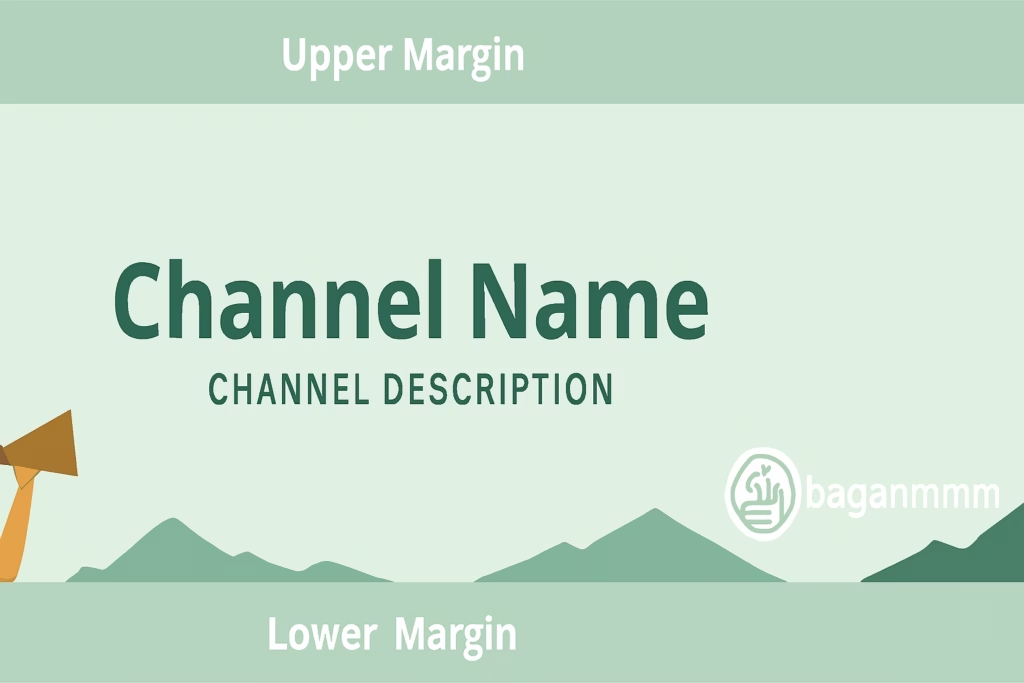The year 2025 is an incredible opportunity for young people, especially creators. If you are young and able to showcase your talents online, online monetization can become a true pathway to success. Around the world, many young people and students are already taking advantage of this opportunity. That’s why you should not miss it either. In this blog, I will share my own experiences with online monetization — especially with YouTube, which has proven to be the most long‑lasting and successful platform for creators.

There are many platforms and methods for online monetization, such as YouTube, AdSense, AdMob, Facebook, and TikTok.
| Platform | Best For | How You Earn | Key Notes |
|---|---|---|---|
| YouTube | Video creators, educators, entertainers | AdSense ads, memberships, Super Chat, Premium revenue | #1 long‑form video platform. High CPM niches: finance, tech, education, health. |
| Google AdSense | Blogs, websites | Display ads (CPC/CPM) | Best with original, SEO‑optimized content. Must follow policies. |
| AdMob | Mobile app developers | In‑app ads (banner, interstitial, rewarded video) | Great for apps/games with strong user base. |
| TikTok Creator Program | Short‑form video creators | Creator fund, brand deals, TikTok Pulse ads | Huge reach, but CPM is lower than YouTube. |
| Facebook / Meta for Creators | Video + community content | In‑stream ads, fan subscriptions, Stars (tips) | Strong for community‑driven creators. |
| Patreon | Artists, educators, niche creators | Monthly fan memberships | Best for loyal audiences who want to support directly. |
| Substack | Writers, bloggers, journalists | Paid newsletters | Growing fast in the creator economy. |
| Buy Me a Coffee / Ko‑fi | Independent creators | One‑time donations, memberships | Easy setup, low barrier to entry. |
| Gumroad | Digital product sellers | E‑books, courses, templates | Great for selling downloadables. |
| Thinkific / Teachable | Educators, coaches | Online courses | High‑value if you package your expertise. |
| Amazon Influencer Program | Product reviewers, lifestyle creators | Affiliate commissions | Works well with YouTube + blog integration. |
| Twitch | Gamers, streamers | Subscriptions, Bits (tips), ads | Strong for live content. |
| Instagram (Meta) | Lifestyle, fashion, creators | Brand deals, affiliate links, Reels bonuses | Visual storytelling focus. |
These are the most popular and well‑known platforms, though there are many others as well. Each platform has its own policies, but they are not difficult to follow. In this post, I will focus on YouTube monetization, based on my own journey and step‑by‑step process.
To start monetizing on YouTube, the first thing you need is a YouTube channel. Creating one is simple: go to YouTube.com, log in with your email, and set up a channel with your preferred name. After that, you must complete phone verification. This step is important — without it, you cannot add custom thumbnails to your videos.
Once verified, you should prepare your channel description and hashtags. Make sure your description matches the type of content you plan to upload, and choose relevant hashtags carefully. Next, design a professional channel logo and banner. Many beginners fail here because they don’t use the correct banner size, which makes their channel look unprofessional.

YouTube Banner Standard Size
– Recommended: 2560 × 1440 px
– Minimum: 2048 × 1152 px
– Safe zone (visible on all devices): 1546 × 423 px
– Aspect ratio: 16:9
– Max file size: 6 MB
After setting up your channel, the next step is content creation. Choosing the right type of content is critical. Your content should align with your passion and expertise, but it must also be something audiences enjoy and find valuable. Building a community or group around your content niche is also important.
Another strategy is to consider high‑CPM content categories. Some YouTubers choose topics with higher CPM because they generate more income. In this blog, I will also share the latest 2025 update on high‑CPM YouTube content niches.
| Niche | Why CPM is High | Example Video Ideas |
|---|---|---|
| Finance & Investing | Banks, fintech, and credit card companies spend big | “How to Save $500 Fast”, “Beginner’s Guide to Stock Investing” |
| Business & Entrepreneurship | B2B advertisers pay premium rates | “Top 5 Side Hustles in 2025”, “How to Start an Online Business” |
| Digital Marketing / SEO | Agencies and SaaS tools compete heavily | “SEO Tips for Beginners”, “Best AI Tools for Marketing” |
| Software & Tech Reviews | SaaS, hosting, and productivity apps | “Top 5 Free AI Tools”, “Best Website Hosting for Beginners” |
| Insurance & Real Estate | Extremely competitive industries | “Home Insurance Explained”, “How to Buy Your First House” |
| Education & Online Learning | EdTech platforms invest in ads | “Learn Python in 10 Minutes”, “Best Free Online Courses” |
| Health & Wellness (Specific) | Supplements, fitness, and eye care brands | “Natural Ways to Improve Eyesight”, “Top 10 Superfoods for Energy” |
| Luxury Lifestyle & Travel | Luxury brands target wealthy audiences | “Luxury Travel in Dubai”, “Top 5 Expensive Watches” |
| Legal & Career Advice | Law firms and recruiters advertise heavily | “How to Write a Winning Resume”, “Do You Need a Lawyer?” |
| E‑commerce & Dropshipping | Shopify, Amazon FBA, and tools | “How to Start Dropshipping in 2025”, “Best E‑commerce Platforms” |
When choosing content, think carefully. Sometimes your chosen niche may not get enough views, and you may need to pivot to another type of content. The key is to find a niche that works for both you and your audience.
This post covers the basics of YouTube monetization: creating a channel, verification, and choosing content. In the next blog, I will continue with more advanced strategies.
Alice is the visionary behind Baganmmm Tech, a platform he founded with a passion for demystifying the complex world of technology. As the Lead Technologist, he's often found in his home lab – a cozy, wire-filled sanctuary where ideas are born and code is meticulously crafted. His infectious enthusiasm and knack for explaining intricate concepts make him the go-to expert for everything from web development to emerging tech trends.
